
Hosted by the University of Plymouth

Hosted by the University of Plymouth
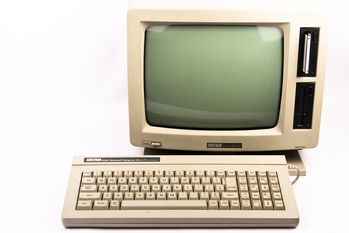
The PCW8512 was Amstrad's second machine aimed directly at home office and small business users, offering a fully integrated word processing solution. Like its predecessor, the PCW8256, the full system came complete with a dot matrix printer, as well as the Locoscript wordprocessing application.... (read more)Amstrad, 1986
To all intents and purposes, this machine is the same as the original Commodore 64, but in a new case and with new (but functionally identical) versions of the graphics, sound and I/O chips. The aim was basically to make the system look a little more up-to-date (bringing its appearance into line... (read more)Commodore, 1986
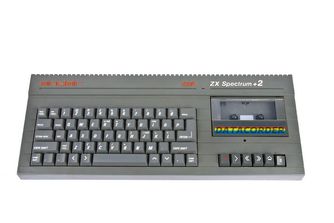
Although it retained the Sinclair name, the Spectrum +2 was a product from the Amstrad stable, following their purchase of Sinclair in 1986. As such, it is no coincidence that the design bears more than a passing resemblance to Amstrad's own CPC 464 system. A later variant, the Spectrum +3, con... (read more)Sinclair, 1986
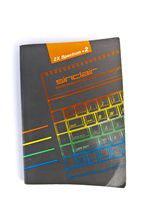
ZX Spectrum+2 128K Home Computer Manual by Ivor Spital and Robert Goodwins. 206 pages. (read more)Amstrad, 1986
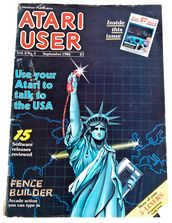
Atari User Magazine published by "Database Publications Ltd", Vol2, No.5, September 1986. Price £1. (read more)Database Publications Ltd, 1986
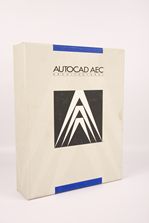
Includes original media, dongle, AutoLISP Programmers Reference book, Installation Guide, AutoFlix User Guide, R9 and R10 Reference Manuals and Tablet sheet. (read more)Autodesk Inc, 1986
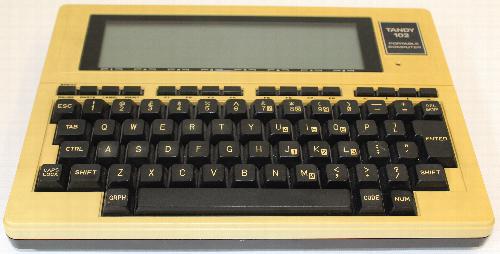
A successor to the popular Model 100, the 102 retains the same basic form factor in a slightly thinner case. The system came with 24K, with this model having been expanded to 32K. The built-in software includes a text editor, address book, and scheduling, as well as a Microsoft BASIC interpreter... (read more)Tandy, 1986
While 1984's original Psion Organiser had delivered a usable pocket computer, it was the Organiser II that set the standard for what would become known as Personal Digital Assistant devices. The Organiser II was released in three main guises - CM (8K), XP (16K) and LZ (32K). The LCD display on ... (read more)Psion, 1986
The 7800 was the successor to the ill-fated Atari 5200 Super System, which had failed in the market due to lacking a native ability to play games from its popular Atari VCS / 2600 predecessor. As such, one of the fundamental design decisions for the 7800 was that it must accept the 2600's game c... (read more)Atari, 1986